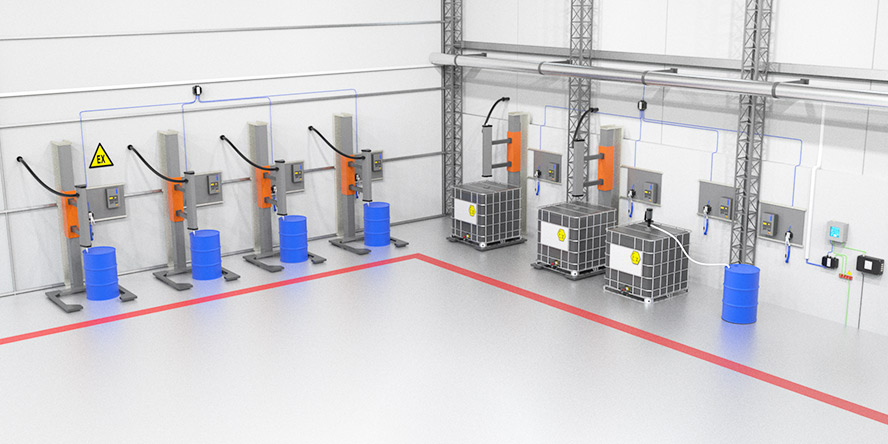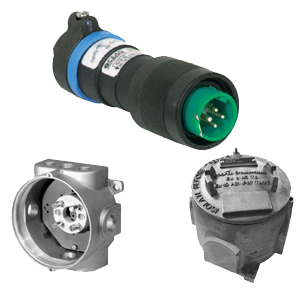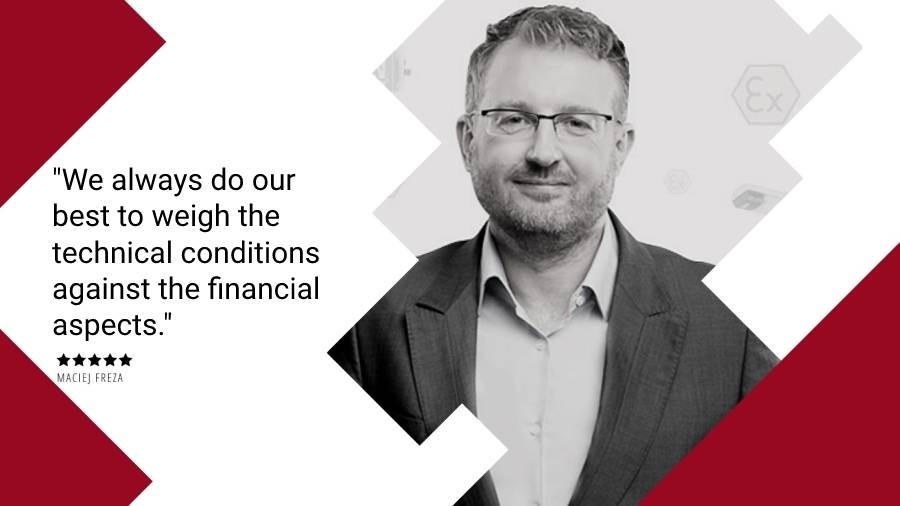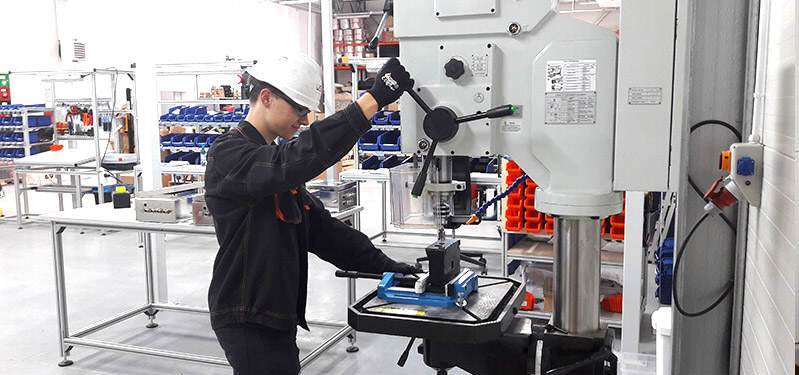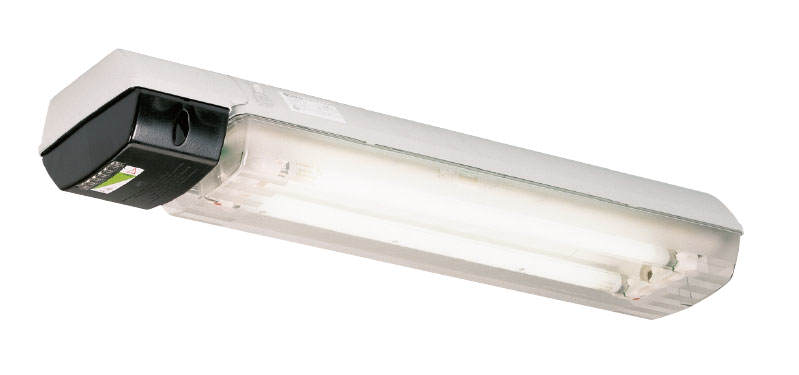Problem:
- The need to coordinate the supply of a wide range of products to several business partners
- Exceptionally broad requirements set by the project owner for certain products
- Supplying alternative products instead of those specified in the contract was out of the question due to the stringent requirements for accounting for the EU project funding.
Remedy:
- Close cooperation with the general contractor, subcontractor and engineering office facilitated the coordination of supplies and the installation of the ordered products.
- We have proven that many years of experience on major projects pays off, as we’ve been able to coordinate works efficiently.
- As a result, we delivered and installed all the ordered products in accordance with the project owner’s original assumptions.
Coordinated delivery of 7 product groups
The products supplied met the highest standards
Brexit did not manage to stop our work
Success has many fathers…
In the industrial sector, there are projects where a key stage of the project is completed even before the proverbial digging the first shovelful. This is particularly true of the largest projects, during which deciding factors include the experience and mutual trust of many business partners, such as:
- General contractor for the end customer,
- Its subcontractors,
- Engineering company,
- And companies such as the WOLFF GROUP, which carry out the complete supply and installation of individual, specialised products.
The world of sport has a saying, “Success has many fathers”. In fact, it almost always depends entirely on players and their coaches. However, in business, in the case of large-scale construction projects, the saying holds true. Indeed, it is mainly the cooperation of four aforementioned groups that determines whether the final user will receive the new facility or system on time and whether the entire work will be carried out in accordance with all the contractual requirements.
… and you will account for your success to the EU
If additionally the project involves EU funding, one should bear in mind the later necessity of a meticulous settlement between the project owner and the governmental or self-governmental unit through which the EU money is transferred. This means that the general contractor’s responsibility for the performance of the contract is subject to the additional operational risk associated with the possibility that the work may be challenged by the project’s financing entities. This additional risk therefore simultaneously applies to any entity working with the general contractor (subcontractors, engineering companies, suppliers, etc.).
Strategic project by one of Poland’s largest companies
In 2021, one of Poland’s largest companies launched a major new R&D centre. As part of this project, we completed a number of supply and installation contracts including:
Supplies for several entities involved in the construction
We made these deliveries collectively for several business partners involved in the construction. In fact, the general contractor was responsible for part of the implementation directly (Ex-rated luminaires and traffic signals) while it subcontracted the remaining tasks. Moreover, all deliveries had to fully comply with the detailed design prepared by the engineering company selected by the general contractor.
WOLFF GROUP’s success factors
Our advantage was our many years of experience in implementing similar projects for major Polish companies. In such projects, it is not only the competence in terms of the products to be delivered that counts, but also the ability to smoothly navigate in this intricate maze of business relationships concluded concurrently with many entities. On this occasion, for example, it is worth recalling that at the end of 2020, two of Poland’s largest energy companies recommended that WOLFF GROUP be included on the list of key companies necessary to maintain critical infrastructure in Poland. The list is created by the Governmental Centre for Security on the request of critical infrastructure entities.
Rigid procurement framework related to EU funding
Value Engineering? Not this time.
The projects we carry out at the WOLFF GROUP very often involve the essence of Value Engineering. If we see the opportunity, we come up with solutions that are as good as, or even better than, our customers’ initial assumptions, while optimising purchase or subsequent operating costs.
Unfortunately, this approach was not possible this time, due to the rigid framework of EU funding for the project. So as to avoid putting the final user at risk of experiencing the problems associated with clearing a multi-million project, all guidelines stipulated in the project had to be rigorously adhered to by the general contractor and all parties involved.
Would you like to find out what Value Engineering is for WOLFF GROUP engineers? It’s not just about a search in a catalogue for a cheaper product that meets the requirements. For us, it is analysis and calculations, and sometimes even training workshops conducted in traditional or on-line formats Read about a project we completed in line with the spirit of Value Engineering
Does Value Engineering always work?
The aforementioned idea of purchasing in the industrial sector according to the so-called Value Engineering has saved our customers hundreds of thousands of zloty on numerous occasions.
However, this approach to conducting projects always involves a certain amount of risk for the client, which could be depicted by the well-known saying ‘not all that glitters is gold’. There is always a certain risk that the assurances of one or the other supplier as to a minimally the same value of the alternative product than originally planned by the project owner will not be reflected in reality.
Stringent requirements for luminaires
From this perspective, the stringent settlement rules for EU funds have forced the need to scrupulously comply with the stipulations of the project owner’s applications for funding, including the delivery of exactly the products requested. And when it came to explosion-proof luminaires, the assumptions were particularly stringent.
This is because the project owner will carry out various, often innovative research and development activities in the new industrial complex. R&D activities have the potential to initiate the discovery of new, more optimal production processes, or to improve the quality of manufactured products. However, research into new production processes can also pose the risk of hitherto unrecognised hazards, including the explosive hazards, especially if the client’s industry has always had a high-risk status.
The project owner’s expectation was therefore to protect itself as much as possible against the risk of ignition of a gaseous explosive atmosphere from, among other things, a spark or overheating from the luminaires. For this reason, the project owner’s requirements for explosion-proof lighting were some of the most stringent terms we have faced in recent years. This is because suppliers were obliged to confirm that luminaires meet the highest standards for Explosion Group (Group II C – hydrogen) and Temperature Class T6 (i.e. maximum surface temperature set at 85°C).
Few were able to offer the required products
As only a few luminaire manufacturers are able to meet these requirements and have the relevant certifications, the project owner, by including these requirements in the EU application, may have fully protected itself against the possibility of being supplied products that do not meet these requirements.






